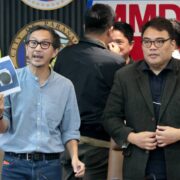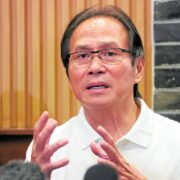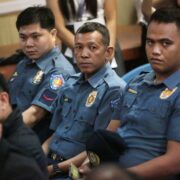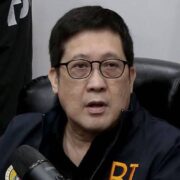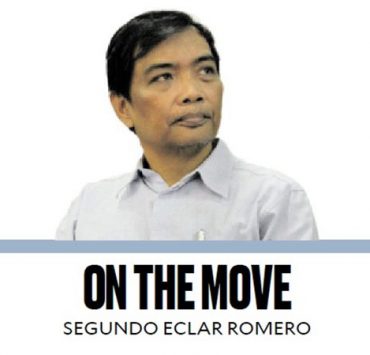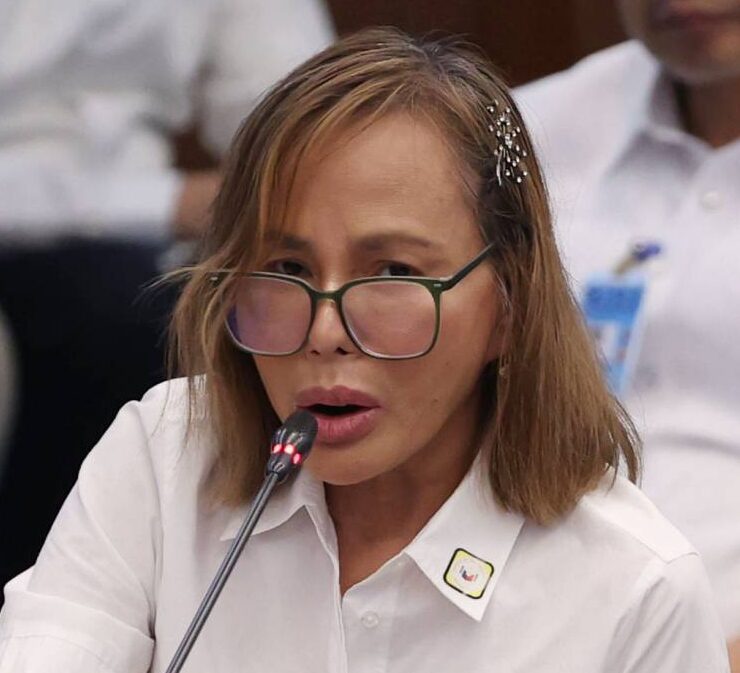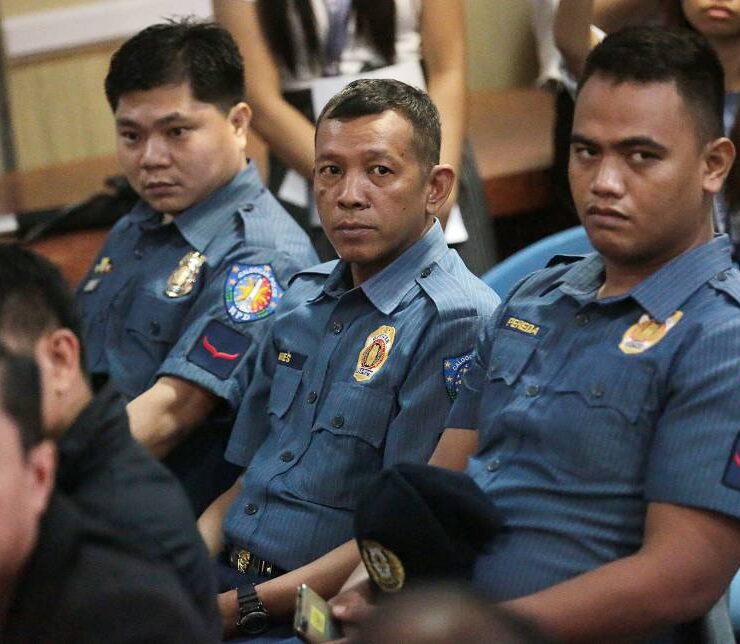An invisible hand in Ayungin

The newly signed intelligence-sharing pact between the Philippines and the United States is off to a roaring start but perhaps not in the way either side intended.
Shortly after the signing of the General Security of Military Information Agreement, the United States’ defense chief shared information—on social media no less—that the public hadn’t known about and Philippine defense officials had apparently not been inclined to discuss publicly: the existence of a “US Task Force Ayungin” in the West Philippine Sea.
Following his visit to the Western Command (Wescom) headquarters in Palawan province on Nov. 19, US Defense Secretary Lloyd Austin III took to X (formerly Twitter) to say he met with “some American service members deployed to US Task Force Ayungin, and I thanked them for their hard work on behalf of the American people and our alliances and partnerships in this region.”
Austin’s post triggered a flurry of headlines, as it was the first time such a task force had been mentioned by any official, American or Filipino.
To no one’s surprise, the attention was focused on one word: Ayungin.
Source of contention
Known internationally as Second Thomas Shoal, Ayungin is a shallow feature located some 200 kilometers west of Palawan in the West Philippine Sea, or Manila’s name for the waters within its 370-km exclusive economic zone in the South China Sea, and a source of contention between the Philippines and China.
To China’s annoyance, the country stakes its claims to the shoal through the decrepit Navy warship BRP Sierra Madre grounded there since 1999 and which hosts a small contingent of Filipino marines and sailors. But rotation and resupply (Rore) missions to deliver sustenance or replacements for the troops are routinely obstructed by Chinese vessels using water cannons and military-grade lasers.
In July, the National Security Council emphasized that the Rore trips would remain a “purely Philippine operation,” following overtures from Washington to allow its forces to escort Philippine ships to prevent, or thwart, Chinese bullying.
But Austin’s X post appears to belie Manila’s claim that Rore missions have zero foreign involvement.
Reached by email, a Pentagon spokesperson told the Inquirer that the little-known task force was composed of US “forces providing our Philippines allies with enhanced cooperation and interoperability for their maritime operations.”
Shared security interests
The task force, according to Maj. Pete Nguyen, provides support to Filipino troops in planning and training with the Wescom for systems provided through US security assistance, such as unmanned surface vessels. “US forces have decades of close partnership with the Philippines. This task force is a continuation of that longstanding relationship in support of our shared security interests,” he said.
The US Embassy in Manila, for its part, said the task force enabled US forces to support activities of the Armed Forces of the Philippines in the South China Sea “to address regional challenges, foster stability, and promote a free and open Indo-Pacific region.”
If that sounds vague, just listen to the explanations from Philippine security and military officials.
In a statement, the AFP said US support “enhances our capability in maritime domain awareness, a critical task that aids in planning and implementing programs and activities to protect our interests in the West Philippine Sea.” National Security Adviser Secretary Eduardo Año said the Americans’ role was limited to “providing support to us, for example, intelligence, surveillance, and reconnaissance, [and] maritime domain awareness so they are helping by giving information.”
He insisted that the US task force, despite its name, had no participation in Rore missions, which were solely a Philippine operation led by Wescom and supported by the Philippine Coast Guard.
Shadow over sovereignty
But one wonders: Was this task force already formed during the series of Chinese attacks on Rore missions? No answer was forthcoming, as Año said the matter was “internal to the side of the US.” But American security expert Ray Powell said his contacts told him “this is not a new task force, but was just made public with Secretary Austin’s visit.”
If that were the case, then why were Rore missions still met with Chinese aggression despite this collaboration? Why was the existence of the task force kept secret if its mission is as innocuous as it sounds?
There’s no doubt that Washington’s “invisible hand” provides crucial support to Manila’s cause in the contested sea, but such assistance, while welcome, must not come at the expense of accountability. To be clear, any US involvement in Ayungin must be kept within mutually agreed parameters without casting a shadow over Philippine autonomy.
The public deserves clarity from both sides, along with the guarantee that the nation does not cede an inch of sovereignty to any power, even its oldest and most trusted ally.




